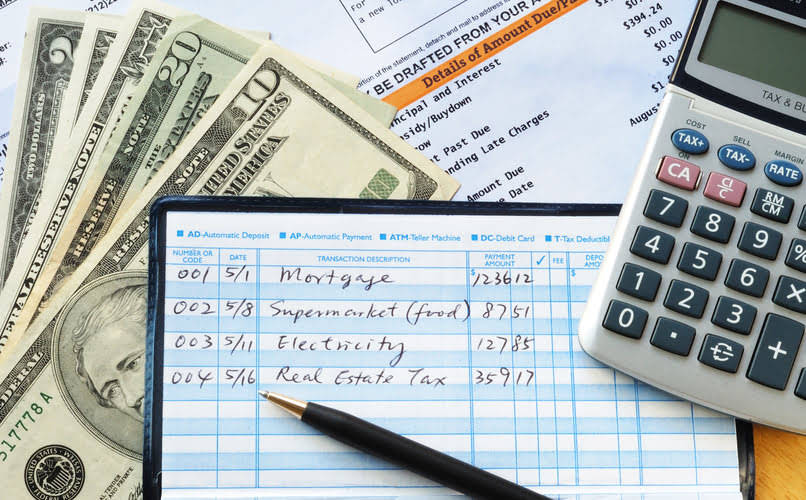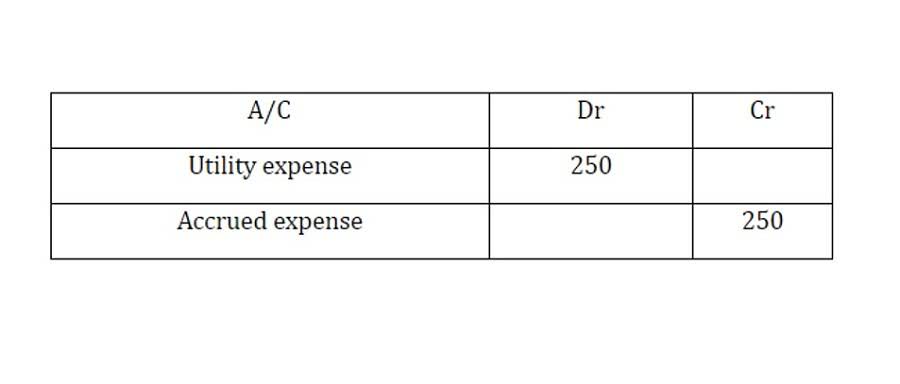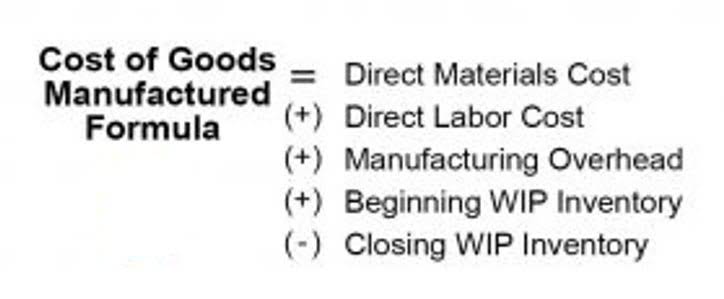
We have comprehended the balance sheet topic, the benefits of the balance sheet, and how to prepare a company’s balance sheet. If a company reports its data annually, the balance sheet will https://www.vans-towing.com/salt-lake-city-accounting-firm-salt-lake-cpa-firm-2/ be prepared annually, and the reporting date will be 31st December. If a company has a good rate of return on assets, it is easy to get qualified for a bank loan.
How to set prices for your small business
As stated above, balance sheets consist of two sides (assets and liabilities) that help you define the equity in your business. Let’s take an example of a company ABC that prepares its financial statements at the end of the year. According to the adjusted trial balance of the company, the following were the figures. The accounting equation suggests that a company’s assets equal the sum of its liabilities and shareholder’s equity. Thus, it is considered the foundation of the double-entry accounting system.

Small business health checklist
Details like this generally depend on the purpose of the financial statements. Now, list all your liabilities—financial obligations owed to other parties, such as suppliers, banks, or employees. This simple equation ensures that your company finances all its assets either by borrowing money or via investments from shareholders or owners. In this article, we’ll cover what a balance sheet is, why it matters, the key equation behind it, step-by-step instructions for creating one, and a sample template for your business. Accounting uses double-entry bookkeeping and the accounting equation to keep the balance sheet in balance.
What are the Recognition Criteria for Assets in the Balance Sheet?

The closing of a reporting period is quoted on the balance sheet generally. Working with a business banker could help business Accounts Receivable Outsourcing owners better understand their balance sheet based on their business structure. It may also be helpful to work with an accountant or financial advisor to ensure the balance sheet reflects the correct reporting standards for the business type. The cash flow statement tracks how money enters and exits a business.

Step #7: Calculate the owner’s equity
- Understanding its importance can help you appreciate its role in managing your company’s financial health.
- Tracking these ratios over time could help identify strengths and flag potential risks in the business.
- The shareholders’ equity generally includes issued capital, additional paid-up capital, and retained earnings.
- Start by gathering any and all documents necessary to creating a balance sheet.
If the balance sheet doesn’t balance, you may have made an error in listing or classifying assets, liabilities, or equity. Double-check your calculations and recategorize any items as necessary. Accountants, bookkeepers, and financial analysts create balance sheets using accounting or planning software and ERP systems.
List Your Liabilities

NumberSquad is here to help you create your balance sheet accurately and efficiently. Our team of experienced accountants and financial professionals can guide you through the process step-by-step and ensure that your balance sheet is comprehensive, accurate, and up-to-date. Creating a balance sheet can be challenging, especially for small business owners managing multiple responsibilities. By entrusting NumberSquad with your balance sheet needs, you can focus on running your business while we handle the financial reporting. Let us help you create a balance sheet that accurately reflects the financial health of your business.
- If your balance sheet doesn’t balance, it’s usually due to a missing entry, misclassification, or calculation error.
- This is the amount a company owes a long-term debt that has an upcoming 12-month due date.
- Long-term financial commitments that last longer than a year, like bonds, lease agreements, and long-term loans, are included in non-current liabilities.
- It facilitates informed decision-making, compliance with regulations, and the ability to secure financing or investment, all while promoting effective risk management and long-term growth.
- Double-check all figures for accuracy, and ensure the balance sheet adheres to accounting principles.
- Making a balance sheet involves listing and categorizing your assets, liabilities, and equity with precision.
Classifying accounts wrong
The trial balance is comprised of accounts for revenue, expenses, gains, losses, assets, liabilities, and equity. Eliminate from the trial balance all accounts except those for assets, liabilities, and equity. Incidentally, the eliminated accounts what is the last and most important step of creating a balance sheet? are used to construct the income statement.
Use them to identify areas where you need improvements or to validate business strategies. Start by listing all your assets, separating them into current and non-current categories. IDC MarketScape vendor analysis model is designed to provide an overview of the competitive fitness of technology and suppliers in a given market. The Capabilities score measures supplier product, go-to-market and business execution in the short-term. The Strategy score measures alignment of supplier strategies with customer requirements in a 3-5-year timeframe. Liabilities are categorized according to maturity and assets are categorized according to liquidity.
